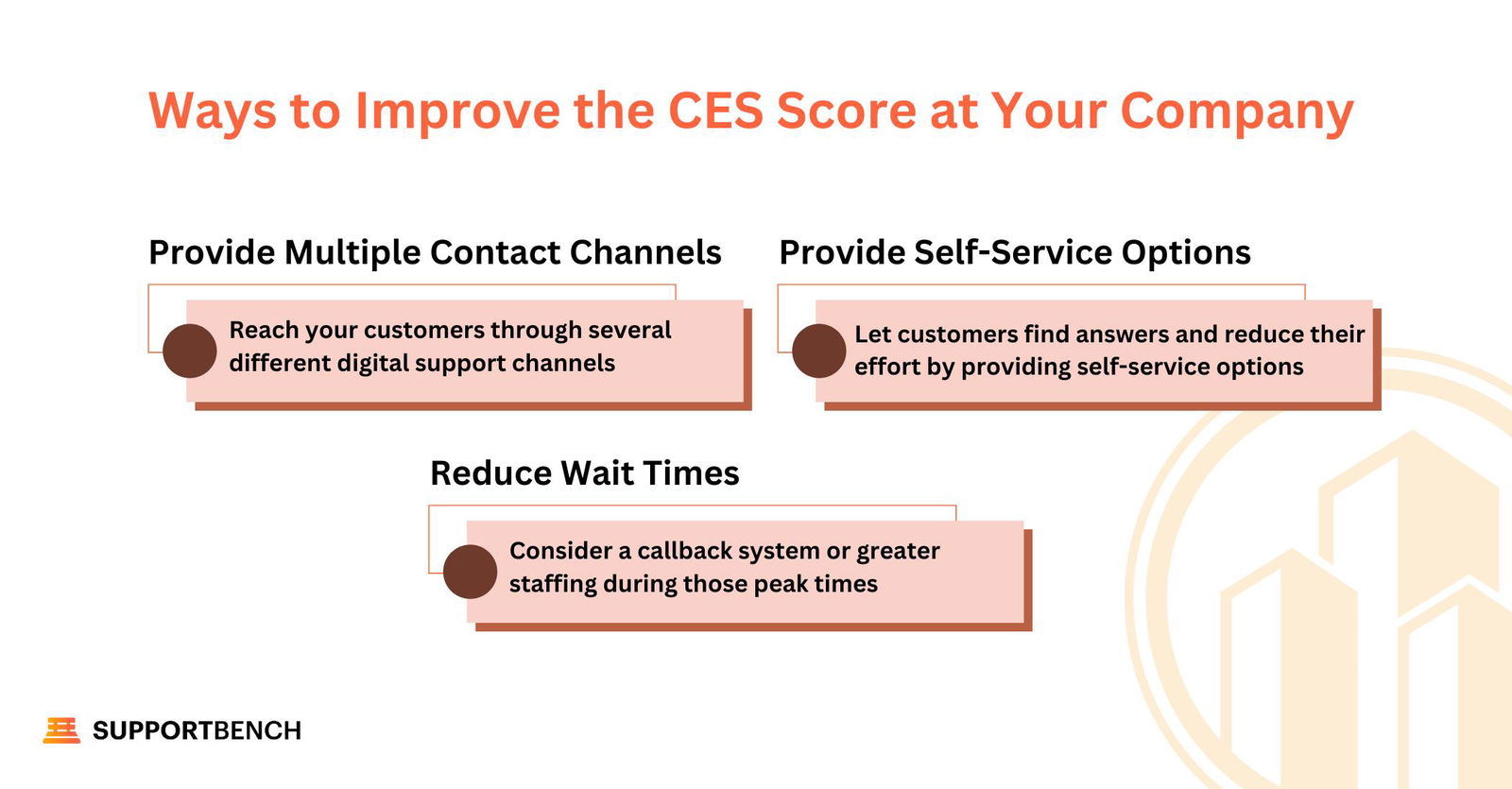Now, more than ever, Customer satisfaction is crucial for success. Enterprises work to improve customer experience and make customers more loyal. One key metric that can provide valuable insights is the Customer Effort Score (CES).
(CES) gauges how easy or difficult it is for customers to achieve their goals when interacting with a company’s product or service. A lower CES indicates that customers found the process straightforward, while a higher score suggests they encountered significant challenges.
Here, we’ll discuss why CES matters, how to measure it correctly, and how to achieve a good CES score for your company.
What is a Customer Effort Score (CES)?
Customer Effort Score (CES) is a way to measure how hard customers have to work in order to receive what they need from your company, whether that’s resolving an issue, finding an answer to a question, or completing a specific action. The true aim of CES is to give customers a low-effort experience.
Traditionally, the CES has been based on a survey that asks buyers to describe how easy their interaction was on a five-point scale ranging from “very easy” to “very difficult.”
The higher the score, the less customer effort required, or said another way, the easier most of their interactions were. A low score means customers exert a lot of effort and, most likely, many unhappy customers.

Why Does Customer Effort Score Matter?
CES becomes powerful when you track metrics across support channels. This helps you see which experiences are smooth and which ones create problems.
For example, your CES might show that many customers struggle with one specific action but can easily contact your support center by phone. This information allows you to make changes that enhance the customer experience (CX).
So, customer effort score matters:
Customer Loyalty Forecast
Gartner reports that 94% of customers with low-effort interactions plan to buy again, while only 4% of those with high-effort interactions do. If customers achieve good results with your product or service with less effort, they are likely to return.
Keeping customers helps them expand their accounts as your business grows, making it easier to increase revenue. For instance, if customers say they have trouble finding a key software feature, you might want to adjust the software’s toolbar. These changes can build loyalty and keep users engaged.
Measuring Support Quality
Customers should experience ease when interacting with support staff. To measure this, ask CES questions following each support interaction. You can implement this by concluding calls with a brief survey, prompting questions after customers use knowledge bases, or sending a CES survey after chatbot conversations.
A high CES score indicates that customers find it easy to reach and understand the support team, which is crucial for a positive customer experience.
Cost Reduction
Gartner also found that low-effort interactions cost 37% less than high-effort ones. When experiences are easy, there are fewer escalated requests, quicker resolutions, and lower support ticket volumes, all of which help reduce operational costs.

Customer Effort Score Calculation
To calculate your customer effort score, add up all the scores from your surveys and divide by the number of responses. This gives you the average effort your customers spend when interacting with your business.
If you use emoticons, the process changes slightly. Assign a number to each emoticon for your analysis. For example, give three points to an unhappy face and one point to a happy face. Then, find the average number of people who chose each face. The higher number indicates the average effort your customers put in.
Ways to Improve the CES Score at Your Company
Customers want easy transactions and will switch providers if they can’t get their questions answered. You can easily optimize your CES using the following tools.

Provide Multiple Contact Channels
Your company should be reaching your customers through several different digital support channels. This gives them the method of their choice. Today’s popular options include social media, email, chat, in-person support centers, and call centers.
Provide Self-Service Options
Many customers prefer to solve issues themselves without talking to a representative. Give them an easy self-service option by which they can find answers and reduce their effort. Start with forms and self-help articles.
Reduce Wait Times
Customers like quick fixes to problems and they also do not like to be on hold when calling you or chatting online with you. If there is an extensive wait, then consider a contact-back system or greater staffing during peak times.
Always be sure to contact unhappy customers to fix issues in future, to retain them. Take the feedback from the surveys and make general changes to help improve your products and customer service.
Conclusion
CES plays an important role in understanding and improving customer experiences. Low-effort interactions mean higher customer loyalty and overall satisfaction with lower operational costs. Focusing on CES, businesses can find friction points and provide smoother experiences to their customers.
Supportbench has provided a leading solution for better CES through its platform for the management of customer interactions. With ticket management, workflow automation, SLA management, and multichannel communication, among other advanced features, Supportbench enables businesses to organize smooth support processes and deliver excellent customer service.
Supportbench simplifies customer support operations so that all journey maps for your support team and customers are seamlessly and effectively sorted. Get started with Supportbench now to learn more.
FAQs
1- What is a good customer effort score?
Aim for an average score of 5 or 6 on a 7-point scale. A perfect score of 7 may mean customers didn’t honestly rate the business. This can happen if the survey was sent at a bad time, like a month after they contacted customer service.
2- What is the difference between CSAT and CES?
The Customer Satisfaction Score (CSAT) shows how happy a customer is with a specific interaction or their overall experience with your company. The Customer Effort Score (CES) measures how easy or difficult it is to interact with your company.
3- How to ask for a customer effort score?
Customer Effort Score (CES) surveys usually ask how easy it was to interact with your company on a scale from ‘very easy’ to ‘very difficult.’ The goal is to show that customers tend to stay loyal to products or services that are easy to use. Reducing customer churn is important for businesses, and customer effort is a strong sign of loyalty.












